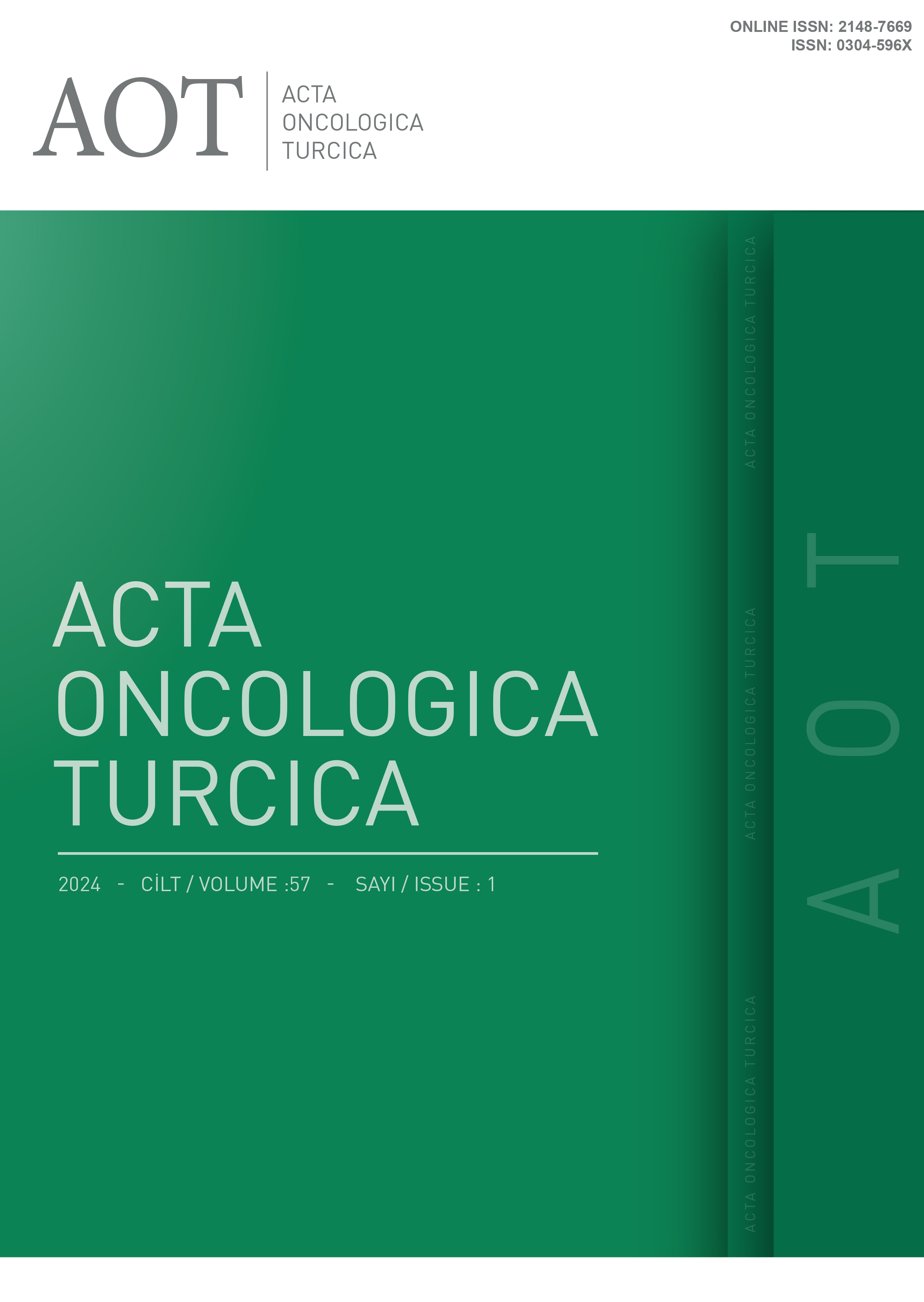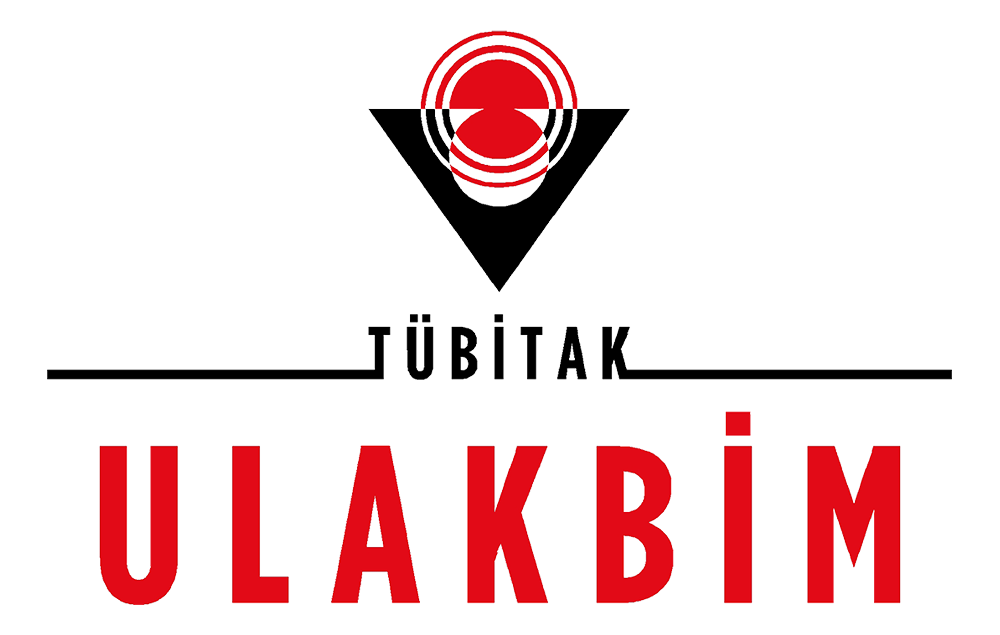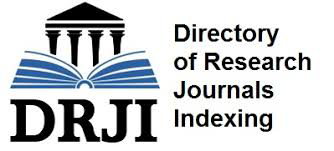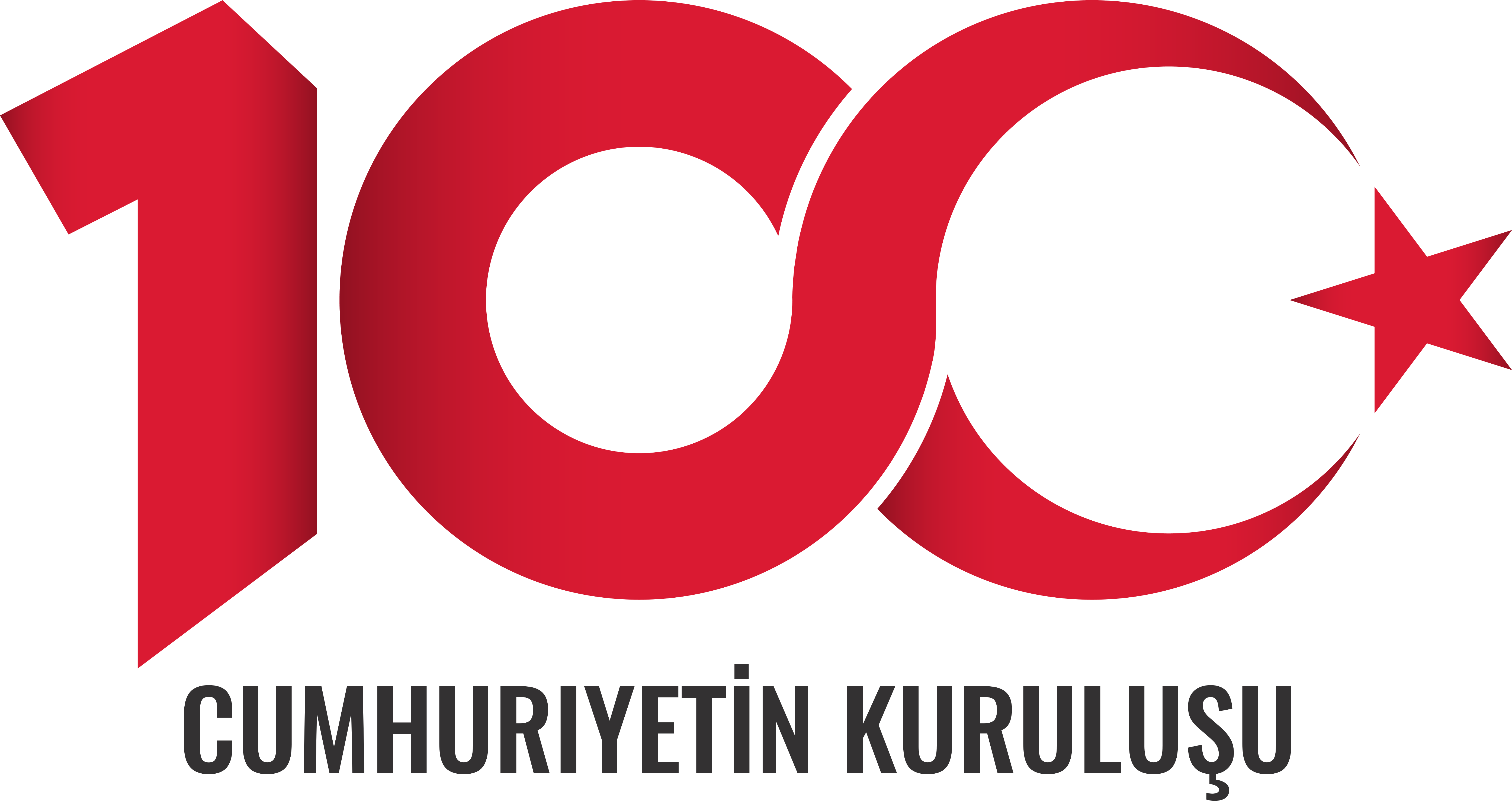False-positive MRI Findings in Breast Cancer After Neoadjuvant Chemotherapy and Correlation Between Tumor Response Patterns and HER2 Status
Aydan Avdan Aslan1, Servet Erdemli2, İbrahim Halil Erdoğdu3, Serap Gültekin1, Cihan Uras4, Fatma Tokat5, Ali Arıcan6, Leyla Özer6, Kemal Behzatoğlu5, Nezih Meydan7, Füsun Taşkın21Department Of Radiology, Gazi University, Ankara, Turkey.2Department Of Radiology, Acibadem M.A.A. University, İstanbul, Turkey.
3Department Of Pathology, Adnan Menderes University School Of Medicine, Aydın, Turkey
4Department Of General Surgery, Acibadem M.A.A. University, Istanbul, Turkey
5Department Of Pathology, Acibadem M.A.A. University, Istanbul, Turkey
6Department Of Medical Oncology, Acibadem M.A.A. University, Istanbul, Turkey
7Department Of Medical Oncology, Adnan Menderes University, Aydın, Turkey
INTRODUCTION: To demonstrate false-positive MRI findings after neoadjuvant chemotherapy (NAC) in patients with pathologic complete response (pCR) and investigate the correlation between post-NAC MRI findings and tumor response patterns based on human epidermal growth factor receptor 2 (HER2) status.
METHODS: This retrospective multicenter study enrolled 118 patients with breast cancer who received NAC and achieved pCR. Tumors were evaluated with MRI pre- and post-NAC. MRI evaluation included lesion characteristics, kinetic curve analysis, background parenchymal enhancement (BPE), and post-NAC changes of MRI features. Tumor response patterns were also assessed and categorized based on MRI findings. Tumor response patterns and post-NAC MRI findings were correlated with HER2 status.
RESULTS: The residual MRI findings following NAC differed significantly between HER2+ and HER2− groups (p=0.02). The most frequent false-positive MRI finding was focus and foci in HER2+ tumors, whereas non-mass enhancement (NME) in HER2− group. The presence of ductal carcinoma in situ (DCIS) and fibrosis in surgical pathology is significantly associated with NME on post-NAC MRI (p<0.001). Axillary pCR was achieved significantly higher in the HER2+ group (p=0.04).
DISCUSSION AND CONCLUSION: Although MRI is considered the most reliable method for evaluating tumor response after NAC, over and underestimation is still possible. This study revealed that tumor response patterns and post-NAC MRI findings differ according to HER2 status. The diagnostic accuracy of post-NAC MRI is evolving by understanding the underlying mechanisms and tumor biology.
Meme Kanserinde Neoadjuvan Kemoterapi Sonrası Yanlış-Pozitif MRG Bulguları ve Tümör Yanıt Paternleri ile HER2 Durumu Arasındaki Korelasyon
Aydan Avdan Aslan1, Servet Erdemli2, İbrahim Halil Erdoğdu3, Serap Gültekin1, Cihan Uras4, Fatma Tokat5, Ali Arıcan6, Leyla Özer6, Kemal Behzatoğlu5, Nezih Meydan7, Füsun Taşkın21Gazi Üniversitesi Tıp Fakültesi, Radyoloji Ana Bilim Dalı, Ankara2Acıbadem Mehmet Ali Aydınlar Üniversitesi Tıp Fakültesi, Radyoloji Ana Bilim Dalı, İstanbul
3Adnan Menderes Üniversitesi Tıp Fakültesi, Patoloji Ana Bilim Dalı, Aydın
4Acıbadem Mehmet Ali Aydınlar Üniversitesi Tıp Fakültesi, Genel Cerrahi Ana Bilim Dalı, İstanbul
5Acıbadem Mehmet Ali Aydınlar Üniversitesi Tıp Fakültesi, Patoloji Ana Bilim Dalı, İstanbul
6Acıbadem Mehmet Ali Aydınlar Üniversitesi Tıp Fakültesi, Medikal Onkoloji Ana Bilim Dalı, İstanbul
7Adnan Menderes Üniversitesi Tıp Fakültesi, Medikal Onkoloji Ana Bilim Dalı, Aydın
GİRİŞ ve AMAÇ: Bu çalışmada patolojik tam yanıtlı (pTY) meme kanseri hastalarında neoadjuvan kemoterapi (NAK) sonrası yanlış-pozitif MRG bulgularını ortaya koymayı ve tümör yanıt paternleri ile insan epidermal büyüme faktörü reseptörü 2 (HER2) pozitifliği ile arasındaki ilişkiyi değerlendirmeyi amaçladık.
YÖNTEM ve GEREÇLER: Bu retrospektif çok merkezli çalışmaya, Ocak 2016 ile Eylül 2020 tarihleri arasında NAK alan ve pTY elde eden meme kanseri tanılı118 hasta dahil edildi. Hastaların NAK öncesi ve sonrası MRG bulguları kayıt edildi. Tümör yanıt paternleri kategorilere ayrıldı. HER2 pozitifliği ile post-NAK MRG bulguları ve tümör yanıt paternleri arasındaki ilişki istatistiksel olarak analiz edildi.
BULGULAR: Post-NAK MRG bulguları HER2+ ve HER2− grupları arasında istatistiksel olarak anlamlı farklılık gösterdi (p=0.02). HER2+ tümörlerinde en sık yanlış-pozitif MRG bulgusu odak kontrast tutulumu iken, HER2− grubunda kitle dışı kontrastlanma (KDK) idi. Cerrahi patolojide duktal karsinoma in situ (DKİS) ve fibrozis varlığı ile post-NAK MRG'de KDK anlamlı olarak ilişkili bulundu (p<0,001). Aksiller pTY, HER2+ grubunda anlamlı derecede daha yüksek elde edildi (p=0.04).
TARTIŞMA ve SONUÇ: MRG, NAK sonrası tümör yanıtını değerlendirmede en güvenilir yöntem olarak kabul edilse de, yanlış-pozitif ve yanlış-negatif sonuçlar elde edilebilmektedir. Bu çalışma, tümör yanıt paternlerinin HER2 durumuna göre farklılık gösterdiğini ortaya koymuştur. Bu alanda yapılacak yeni çalışmaların tümör biyolojisini anlamaya yardımcı olacağı ve NAK sonrası MRG'nin tanısal doğruluğunu arttırmaya yardımcı olacağı düşünülmektedir.
Corresponding Author: Aydan Avdan Aslan, Türkiye
Manuscript Language: English












